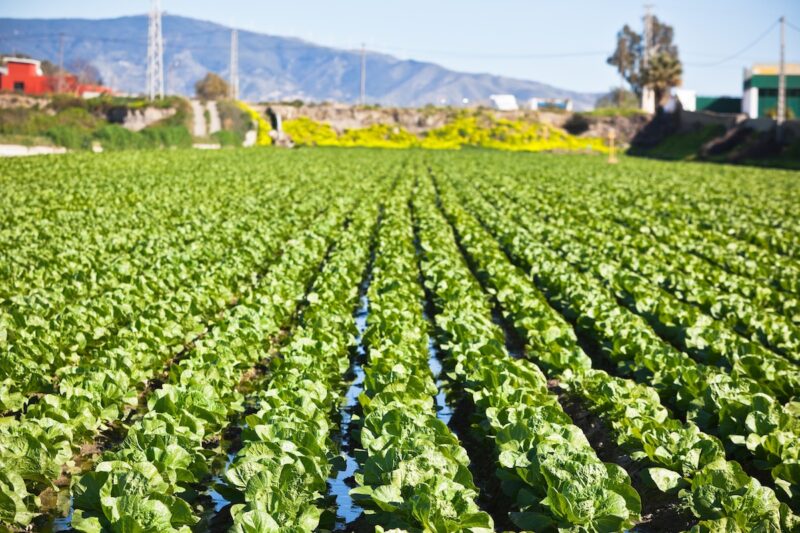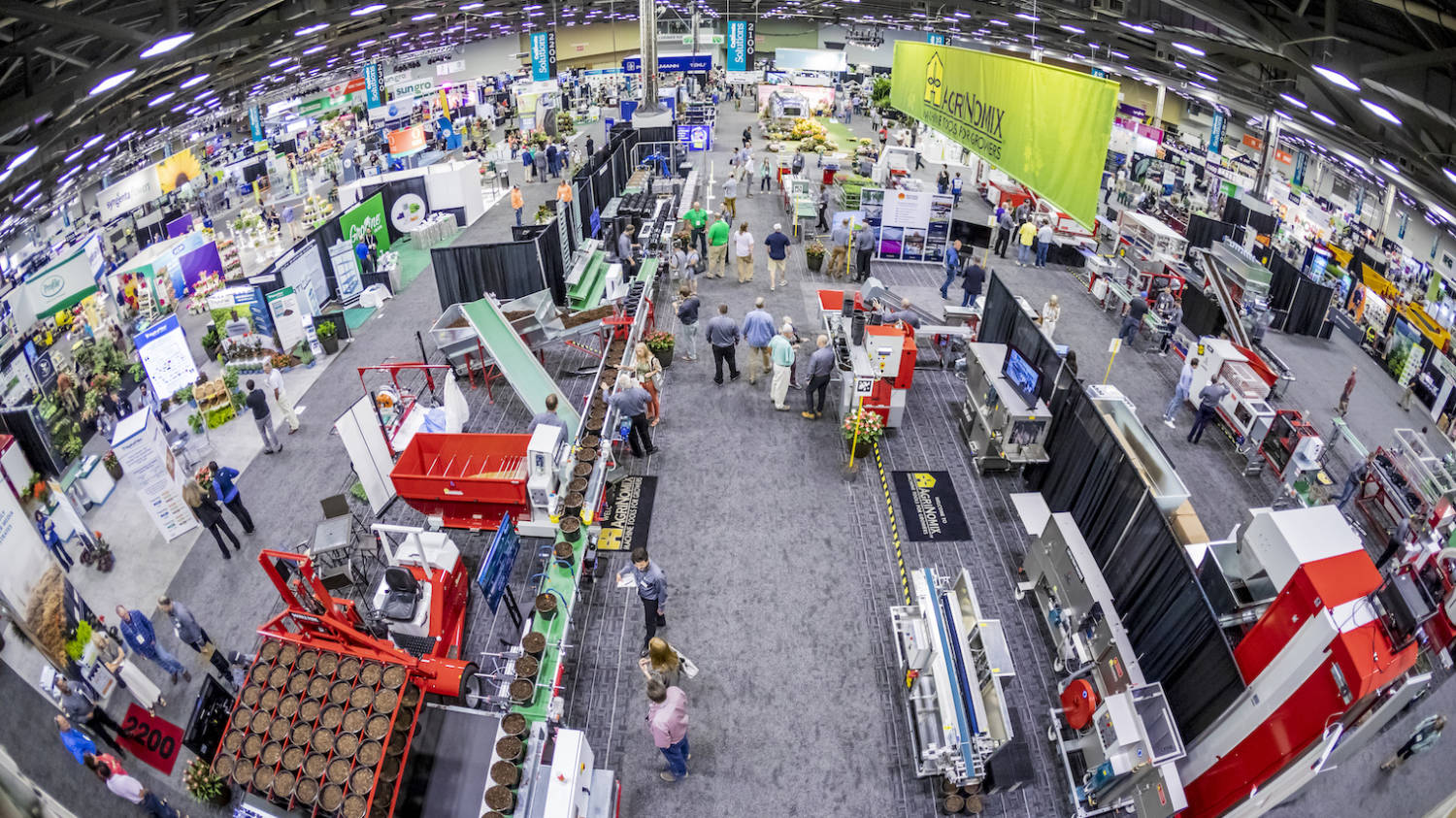
Lettuce on the chopping block in California
Is environmental sustainability regulation crippling economic sustainability for California’s lettuce growers? A study conducted by the Monterey County Farm Bureau collected some interesting data that suggest lettuce operations in California could be in a precarious position.
Is America growing less produce?
It is no secret that the U.S. has become increasingly dependent on imports, particularly in the produce sector, with an estimated one-third of vegetables eaten here in the states having been grown elsewhere.
While domestic production has experienced slight declines for commodities like onions, asparagus and zucchini — which can be produced year round and for less money elsewhere — lettuce has been viewed as a stable crop for California farmers. Even amid rising fuel costs, South American competition and ever-fluctuating policy, lettuce crops have seen a slight uptick over the last decade, with farmers producing more now than they were 10 years ago.
Can the lettuce sector in California continue to hold its place, or will it be the next crop to fall victim to rising production costs and tiny profit margins?
How much money do farmers spend to stay compliant in California?
The Monterey County Farm Bureau study points to rising compliance costs as the straw that could break the industry’s back. Though fuel prices have been high and minimum wage has gone up, the financial investment it takes to stay compliant claims a large percentage of production costs for lettuce farmers.
The Sustainable Groundwater Management Act, the Irrigated Lands Program and equipment emissions regulations, as well as crop protection policy requirements, all contribute to cost increases. Meanwhile, the value of leafy greens hasn’t matched pace, making it more difficult for lettuce farmers to turn a substantial profit.
According to the study, which began in 2006 and has followed the same lettuce farms to monitor their operations, regulatory costs have had the greatest impact on a farm’s bottom line. Due to an influx of regulatory policy between 2006 and 2017, lettuce farming expenses increased by 800%, from $109 per acre to $1,000 per acre.
Amid a new set of state regulations in 2024, the cost per acre of lettuce production climbed to $1,600; a 64% increase from 2017 and a 1,400% increase from 2006. Today, regulatory costs amount to 12% of a farm’s total expenses — an endeavor that can total more than $13,000 per acre between seeds, fertilizers, harvesting, transporting and compliance costs.
Is policy too expensive?
The study’s results argue that extensive regulation diminishes profitability and that a sector can only maintain such narrow profit margins for so long before it folds under the pressure. Lettuce farmers, though seemingly resilient, can’t actually shoulder continued compliance costs. And if they can’t, it will be a significant blow to California agriculture and to consumer pockets.
Next on the agenda could be additional pesticide regulation, which farmers fear could be a fatal blow. Though California boasts some of the safest food thanks to food safety standards, farmers in violation face significant fines if their products contain illegal amounts of pesticides.
Consumers remain concerned about how their food is grown and whether it will have long-term negative impacts on the environment. Human health concerns that fuel policy shifts could be well-meaning, but without alternative crop protection methods, many farmers believe that more policies will just be unreasonable expenses added to the list.
If regulations increase, estimations project a 7.3% decrease in lettuce crops, which would equal approximately $160 million in lost revenue for California growers. That revenue could end up in Arizona where water, pesticides and emissions are less regulated. Or, it could amount to more imports from Mexico and Canada. Either situation means salad will be more expensive for California shoppers, as they will have to help carry the cost of regulations or pay the transport fees on produce traveling longer distances.
But, the situation speaks to a greater issue. Often, policy that affects all types of agriculture comes from a variety of government agencies. Protecting the environment and giving consideration to health and food safety are important endeavors, but if the method of protection destroys our food supply by making food production unaffordable, maybe it is time to reevaluate the burden that has been placed on farmers in California and beyond.
As much as consumers and even government agencies may want to see small- and medium-sized farms become more established, the reality is that most of these farms don’t have the capacity to accommodate regulatory costs. The Monterey County Farm Bureau study suggests that time to find a better balance is running out. Compliance has far surpassed input costs for farmers. Coupled with labor force uncertainty, increasing competition from South America and extreme weather, the flexibility to absorb more expenses is vanishing.









 Video Library
Video Library 


















